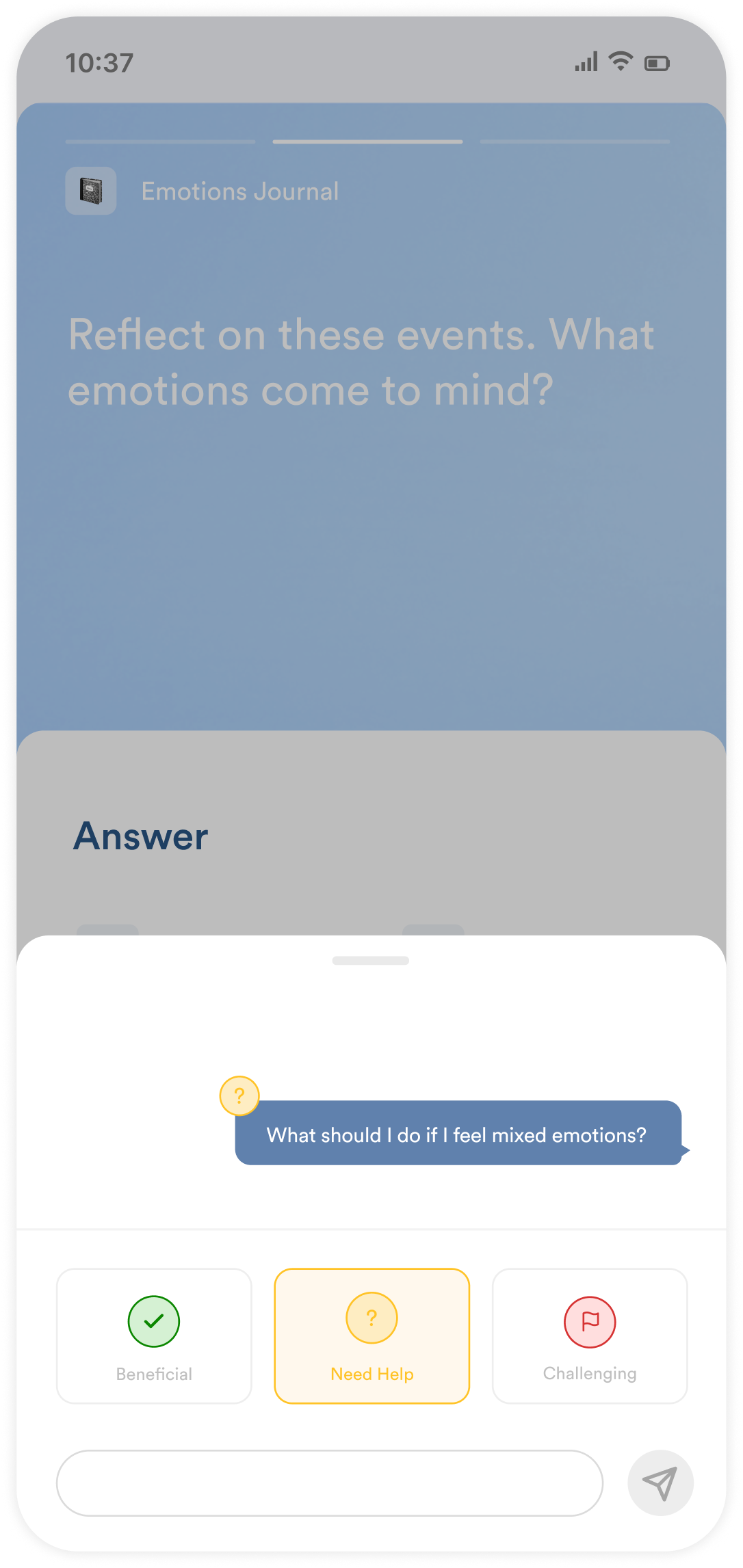
Noveltor
I led the startup to its new flagship product focused on helping therapists provide a better quality of service through digital activities for their clients.
RoleConsultant
Time10 Months
WorkProduct Management | UX
Team2 Researchers, 1 Engineer
The ChallengeWith only one customer, Noveltor sought to understand why therapists weren’t subscribing to their product, and how to improve it. As a consultant, my task was to steer the product in the right direction through product management, research, and design services.
MY approachThrough every stage of my work with Noveltor, I prioritized teaching the team my methods and gradually delegating key responsibilities. In doing so, I was able to create clarity, trust, and empower each team member through their unique strengths.
ResultsA Successful Pivot & Team-First Culture
I. AssessmentUnderstanding the Challenge
I began my work by studying the company holistically, examining the process that led to their current product, the product itself, and their overall marketing efforts. Through this, I identified that the company had solely focused on obtaining product feedback from their customers without ever first truly understanding their needs. This lack of foundational research, combined with undocumented analysis of prior evaluative research, was now causing the team to question everything from their target customer to their product.
PREVIOUS PRODUCTA Personal Values Journaling Tool
assesment takeawayLimited Research Led to Confusion
II. customer DefinitionIs this the Right Target Customer?
Given the company’s confusion, I needed to first help them assess if they had chosen the right target customer or not. I grounded this ambiguous process by having the team define their mission statement, build a customer map based on their mission, and then select a target customer based on our market analysis. This process led to the validation of the current target customer, and more importantly, team confidence to move onto the next step given our rationale.
Mission StatementOur mission is to help individuals become their best self through positive personal transformation.
Market MapMission-Relevant Potential Customers
Analysis TakeawayTarget Customer Validation
III. Problem DefinitionIs This the Right Problem?
Although we validated the current target customer, the company lacked data on key customer needs, limiting our ability to assess if the current product was focused on a relevant problem. I developed a research plan and guided the team in interviewing therapists to better understand their needs when assisting clients. Analysis indicated the product’s problem scope was not a priority for therapists. That said, analysis also revealed a key need we felt capable of addressing.
Generative ResearcHUser Needs Study Details
Key findingsWrong Problem, Right Direction
problem statementA Need for Variety, not Singularity
IV. Solution DefinitionGetting the Solution Right
Now that we had a validated target customer and a revised problem scope, we needed to define the right solution. I led the team through the process of ideating, affinitizing, and down-selecting solution candidates. To ensure we generated and selected relevant candidates, I developed a solution criteria based on customer research findings. The result was team consensus on our solution direction.
Solution CriteriaThe Four Keys to Success
Ideation120 Solution Candidates
Down-SelectionConsensus Solution Direction
V. Competitive AnalysisClarifying our Market Position
Since pivoting, we had taken quick looks at existing solutions in the market, however, I believed we lacked a proper understanding of the market, our unique value proposition (UVP), and how to best implement it. I guided the team in conducting a competitive and inspiration analysis, the latter of which was used to draw inspiration from products embodying our UVP in other markets. Through this, we gained a deeper understanding of the market space, a refined UVP, and waves of creativity as to how to best implement it.
Competitive AnalysisA Refined Unique Value Proposition
UVP Inspiration AnalysisLearning from Other Markets
VI. Product DefinitionProgress, not Perfection
With a refined UVP, we now had to assess if our concept significantly resonated with therapists, and, if so, how to accurately evolve its role, user experience, and engineering. I led our prototyping strategy and designed screens for research. The results were overwhelmingly successful levels of desirability, feasibility, and viability through five rounds of research, each with iterative prototype improvements and higher degrees of fidelity.
PROTOTYPING STRATEGYRapid Iterative Testing and Evaluation (RITE)
lo-fi concept eval.Desireability - Role Validation
MID-fi concept eval.Desireability - Role & UX Insights
hi-fi concept eval.Desireability - UX Validation
coded usability testsFeasibility - Engineering Validation
Mvp Pilot programViability - Pricing Validation
final deliverableA Product Driven by Research
VII. OutcomeA Team Win
Within under a year of collaboration, the team and I were able to successfully pivot the product, win multiple start-up competitions, and generate ongoing conversations with venture capital firms.
The Business WinA Successful Pivot
The Best Win

















